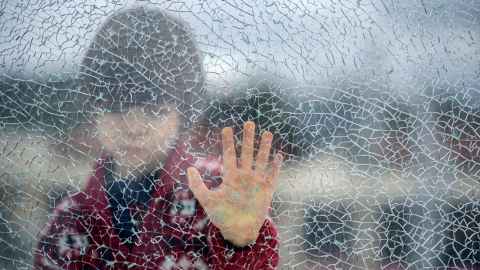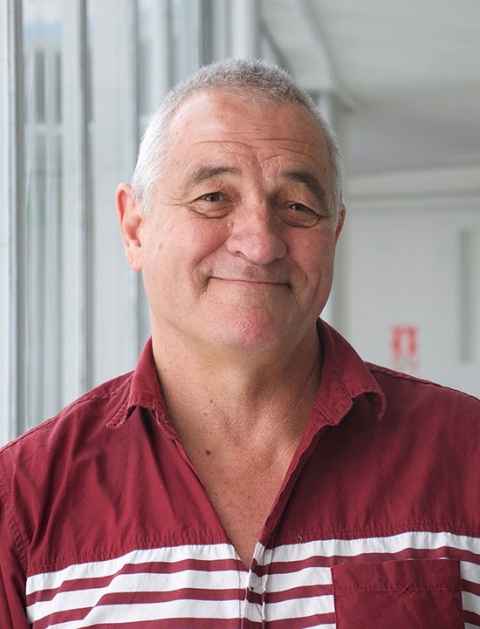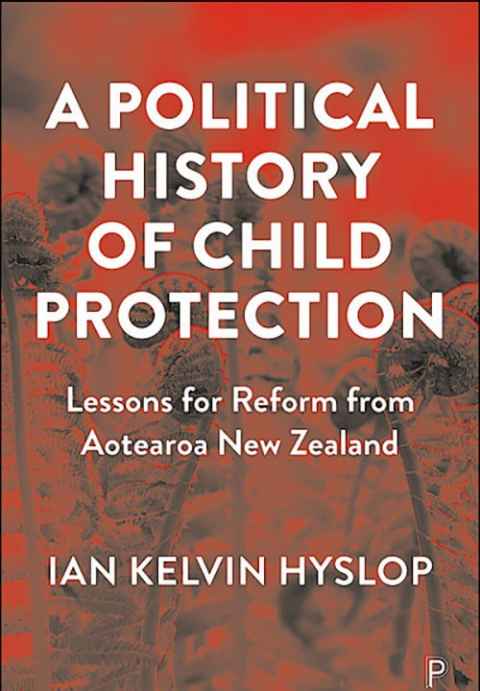Child protection in Aotearoa New Zealand: we must do better
24 January 2022
We need to learn some hard lessons from the past for the sake of tamariki and their whānau, says Ian Hyslop, the author of a new book on the history of child protection in this country.

A Political History of Child Protection – Lessons for Reform from Aotearoa New Zealand by Dr Ian Hyslop, a senior lecturer in social work at the University of Auckland, explores the tensions between liberal capitalism and indigenous models of family life.
Written from 20 years of front-line experience as a social worker in the former Department of Social Welfare (later CYFS and now Oranga Tamariki) and years of research and teaching best practice to social work students, it’s a critique of the economic and social policies which have created the perfect conditions for inequality to thrive.
Dr Hyslop says the book came out of a year-long sabbatical that allowed him time to reflect and write; especially on the radical changes of early 1980s, when wide ranging ideologically-driven economic reforms put the welfare system under increasing strain.
“I don’t think some contemporary reformers for example, understand what happened in 1983/84, which was such a time of transition in this country. People were viewed as individuals with personal deficits rather than as products of a system that was advantaging some over others.”

In capitalist/liberal societies, there always needs to be someone “at the bottom of the heap”, an underclass, an impoverished group, he says.
“This is a natural outcome of capitalism and a liberal political approach to wealth and opportunity; blaming the poor for their shortfalls and therefore the idea of ‘rescuing’ the children of the poor. This has been with us since the nineteenth century."
He says the 1980s was a time of challenges and contradictions as in some ways social workers were much more politically active and less "muzzled" than they are now.
"Then the 1990s became an austere environment, all about empowering families to make decisions, but not providing the resources for them to do so.”
Social assistance became targeted and conditional, focused on reducing benefit dependency and increasing the number in work, which further exacerbated financial hardship and led to the rise of budgeting services and food banks.
I believe we must develop a ‘by Māori, for Māori’ service delivery model. Authority and responsibility must be returned and enough resources provided.
And running through it all were the rippling effects of colonisation, including the hugely disproportionate number of Māori children inducted into state care, which has inflicted lasting inter-generational harm.
But despite many calls for reform over the years, motivated by varying political orientations, we are still seeing racist outcomes as highlighted by events like “the Hastings debacle”, (the uplift of a newborn baby from its mother at Hawkes Bay Hospital in 2019), says Dr Hyslop.
“It’s an emotive and challenging field that has high rates of burn out and compassion fatigue. But I believe we must develop a ‘by Māori, for Māori’ service delivery model. Authority and responsibility must be returned and enough resources provided.”
And if we want to reduce the need for child protection in the first place, he says, benefit levels and the minimum wage must rise, there needs to be secure employment opportunities and a fix for the housing crisis.
“We are at a crossroads, what we’re doing isn’t working and the time for a new approach is now.”
A Political History of Child Protection – Lessons for Reform from Aotearoa New Zealand by Ian Kelvin Hyslop, published by Bristol University Press (January 2022), will be launched online on Wednesday 2 February 2022.

Media contact
Julianne Evans | Media adviser
M: 027 562 5868
E: julianne.evans@auckland.ac.nz